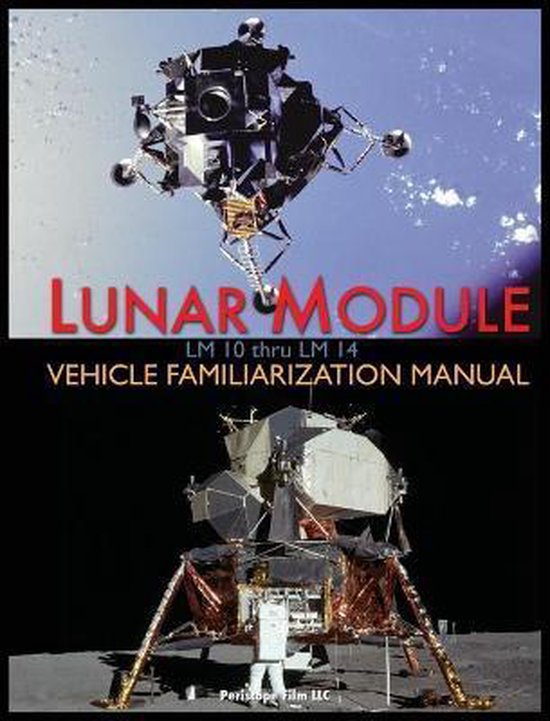"Originally created for NASA in 1969 by prime contractor Grumman, this Lunar Module Vehicle Familiarization Manual was mandatory reading for Apollo astronauts, contractors and NASA support staff. This version of the manual describes the so-called ELM, or Extended Lunar Modules designed for the ""J""class missions Apollo 15-17 and the never-flown Apollo 18 and 19. The ELM came about as part of NASA's efforts to enhance the scientific study of the Moon and its geology. To do that, longer surface stays would be needed. To make it possible, LM 10 to LM 14 received various modifications intended to increase their payloads, and allow them to return larger samples to Earth. Over forty major changes were planned, including enlarging the fuel and oxidizer tanks on both the ascent and descent stages, extension of the descent engine nozzle to improve its efficiency and allow it to deliver more power, and added capacity of oxygen and water. Some changes, such as adding solar cells and affiliated batteries to allow surface stays of up to 72 hours, proved too difficult given the program's schedule. In the end, the maximum duration of stays on the Moon would be limited to 54 hours. The extended LM weighed up to 36,500 pounds compared to 32,000 for earlier versions. The ELM's larger payload capacity enabled it to carry the 463 pound (mass) Lunar Roving Vehicle and other scientific equipment. The LRV greatly enhanced the astronauts' range and ability to retrieve samples. It's never been easy to find a copy of this text because copies were never made available to the general public -- until now. This reprint features all the original text and diagrams. It's a wonderful reference for the space flight fan, docent or engineering buff or for anyone else who ever wondered, ""How'd they do that """
